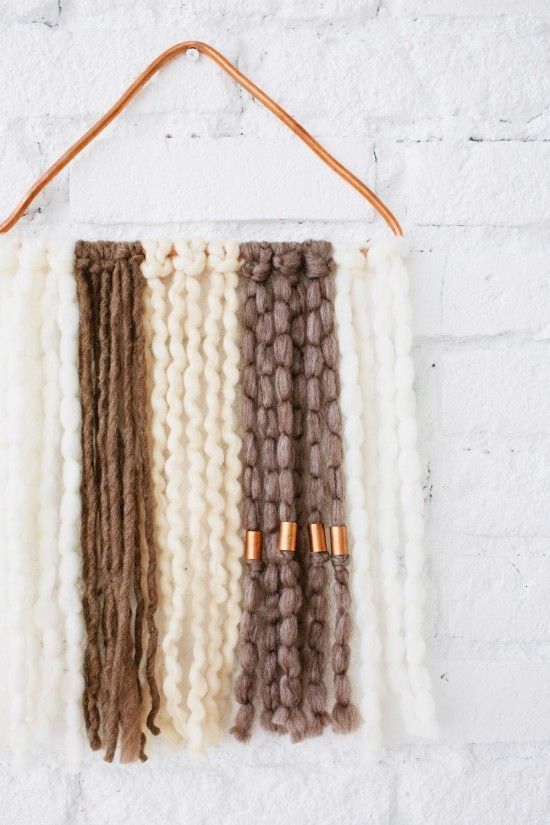If you follow interior design trends, then you must be familiar with macramé. For those who’re encountering this word for the first time, macramé is the centuries-old practice of tying knots in various geometric patterns. Depending on the material used to make the knots, a finished product could boast a delicate, lace-like appearance or exude a rustic, masculine appeal.
As macramé has been around for years, it is likely that you’ve already seen many examples without realizing what they are. A quick peek at its history might remind you of them.
What Is Macramé? Where Did It Come From?
The popular belief is that it originated in Saudi Arabia as early as the 13th century. Arab weavers created intricate knot patterns to tie the loose ends of woven textiles like shawls, veils, and draperies. Since the knots were only added towards the end, the early macramé had loud colors and patterns. It went in and out of fashion through the years, with its most recent heydey being the hippy era of the 70s.
Can you now vaguely remember the thick, woven hangings on your grandparents’ living room wall? Of beaded door curtains with knotted patterns on the top? How about those shaggy lamp shades with orange tassels, or the rope-woven sling bags your mothers and aunts wore?
These are some memorable examples of 70s-era macramé. The fad died down in the next decades, but it’s re-emerging today and with a sleeker and more stylish feel.
Simpler, Sleeker, More Elegant
The modern-day macramé is more muted now compared to its earlier incarnations. The shift is most likely influenced by the minimalist movement Still, one doesn’t have to be a practitioner to appreciate the quiet beauty of these knotted items.
Materials:
The most common materials used to make macramé products today are long lengths of paracord, linen strips, cotton twine, hemp, leather, and yarn. Creative makers like to experiment by using two or more types of cords for one project and adding accessories (e.g., beads and metal rings) to make each item unique from all others.
Colors:
Most macramé products we see today are white, gray, and black. They are the most common for home decorations, like pillow covers, throws, wall hangings, and bedroom banners. By keeping these macramé items monochromatic, interior decorators can let the colors of organic elements like plants, marble, and wood furniture pop. This is how they come up with classy, sophisticated color schemes for their clients.
Creative Uses:
Macramé is very versatile, and creators make full use of it by integrating knots and rope weaves into their products. For example, furniture makers use knotted cotton twine instead of hardwood or foam padding to make stylish and comfortable lounge chairs. Many DIY-ers today also use knotted rope or linen to make hanging plant holders, hanging bassinets, bed canopies, and storage baskets.
The art of knotting and weaving is the heart of macramé. Creators can experiment with different materials and give macramé a modern twist, but if their knots and patterns are mediocre, their projects will be useless.
